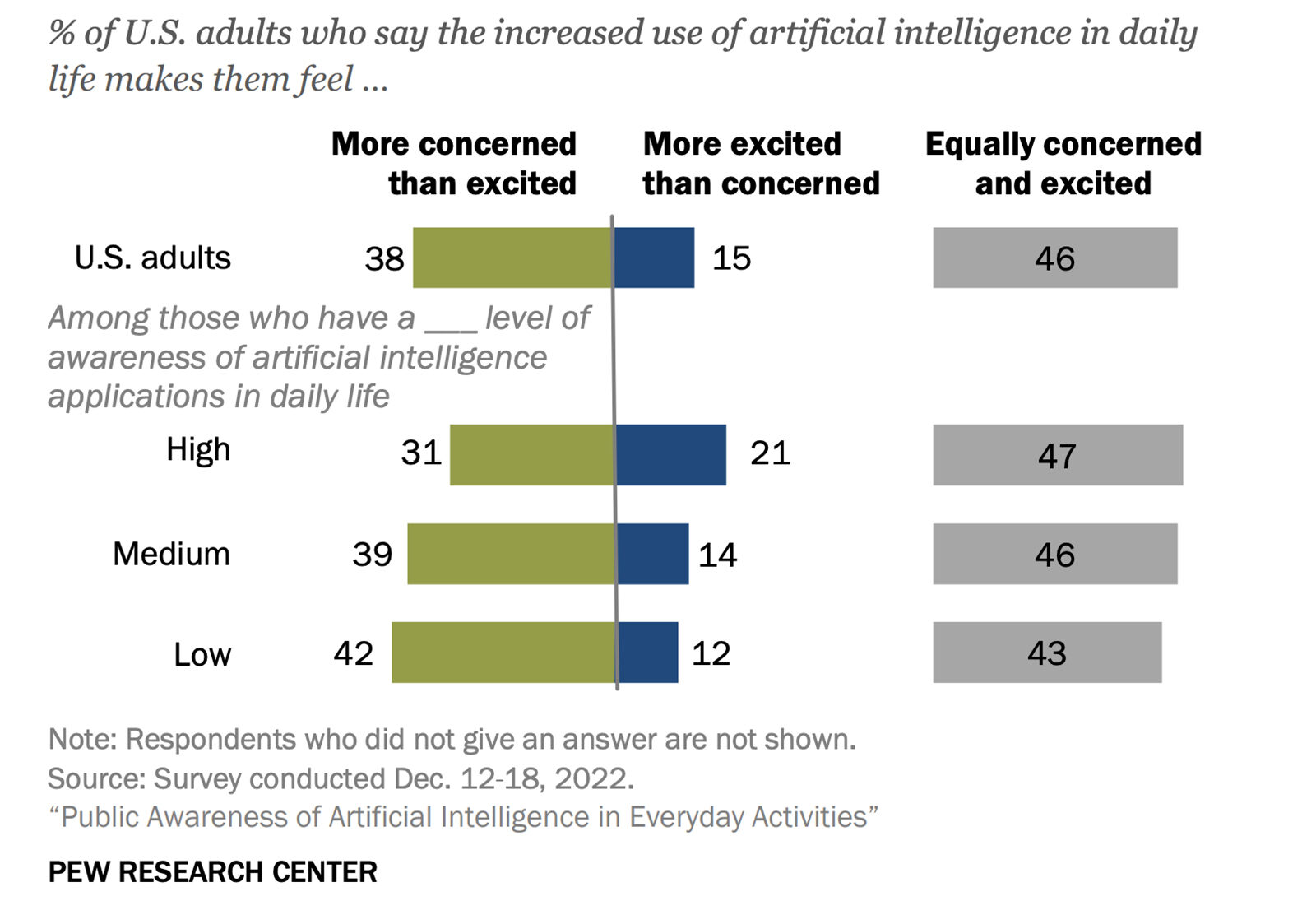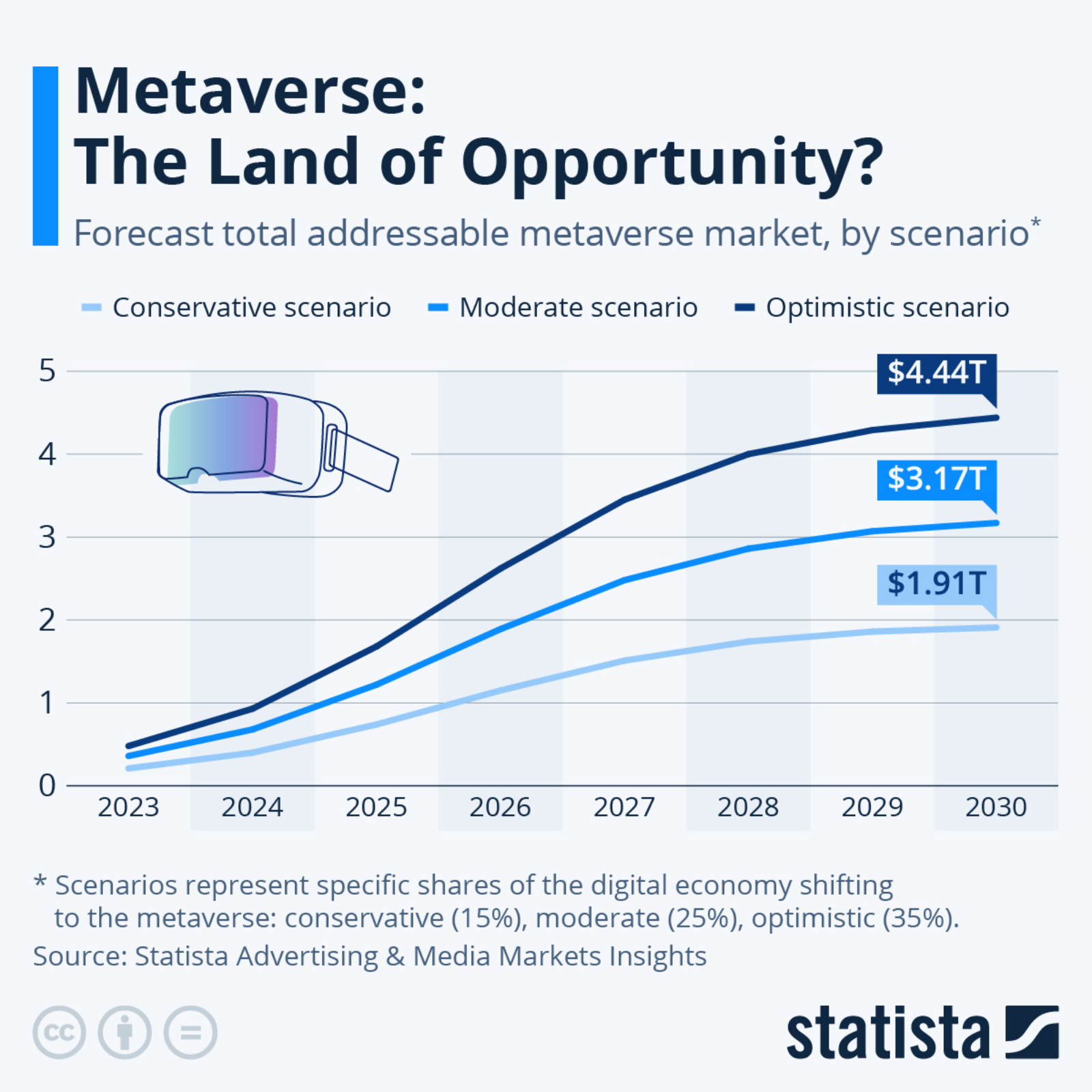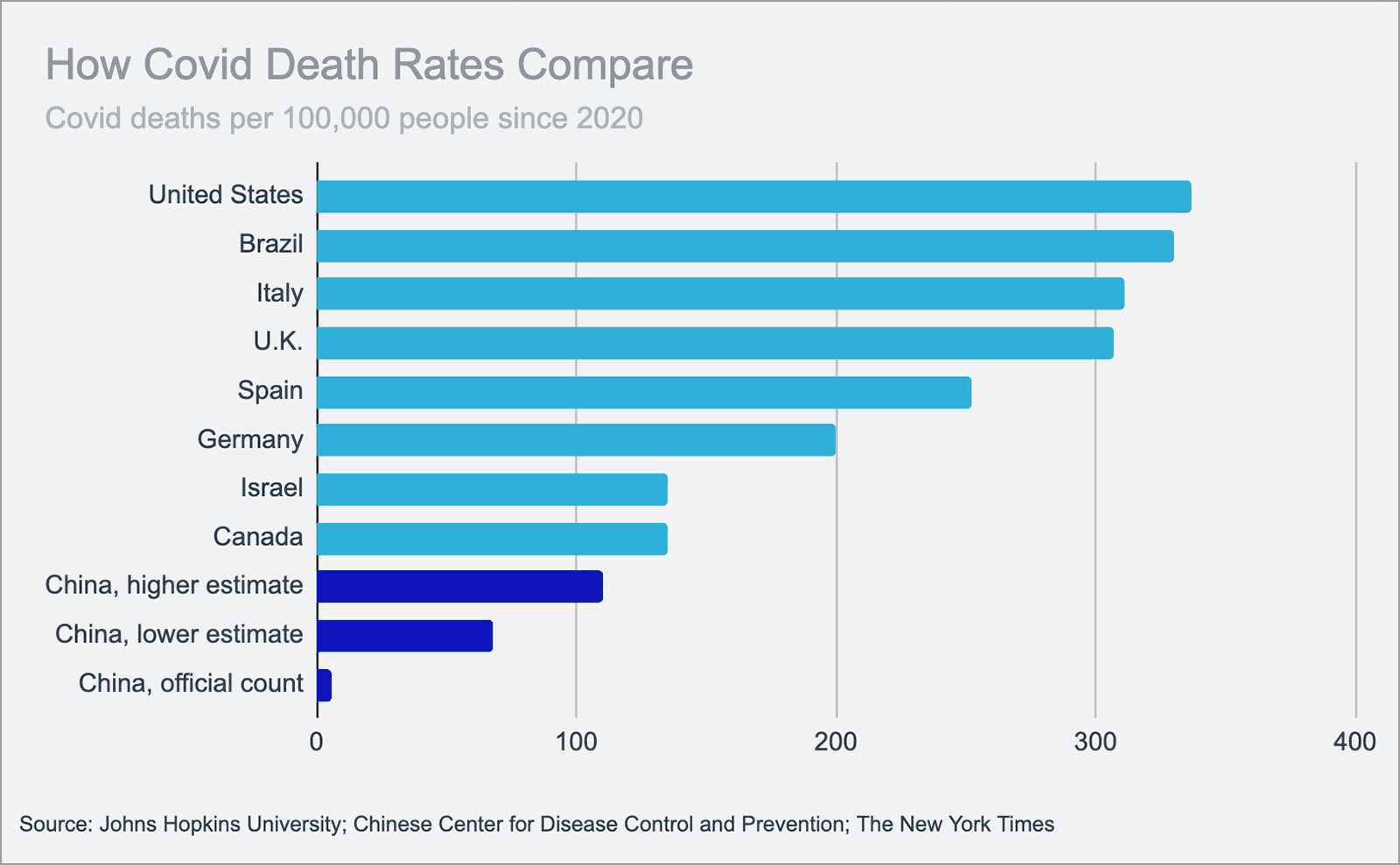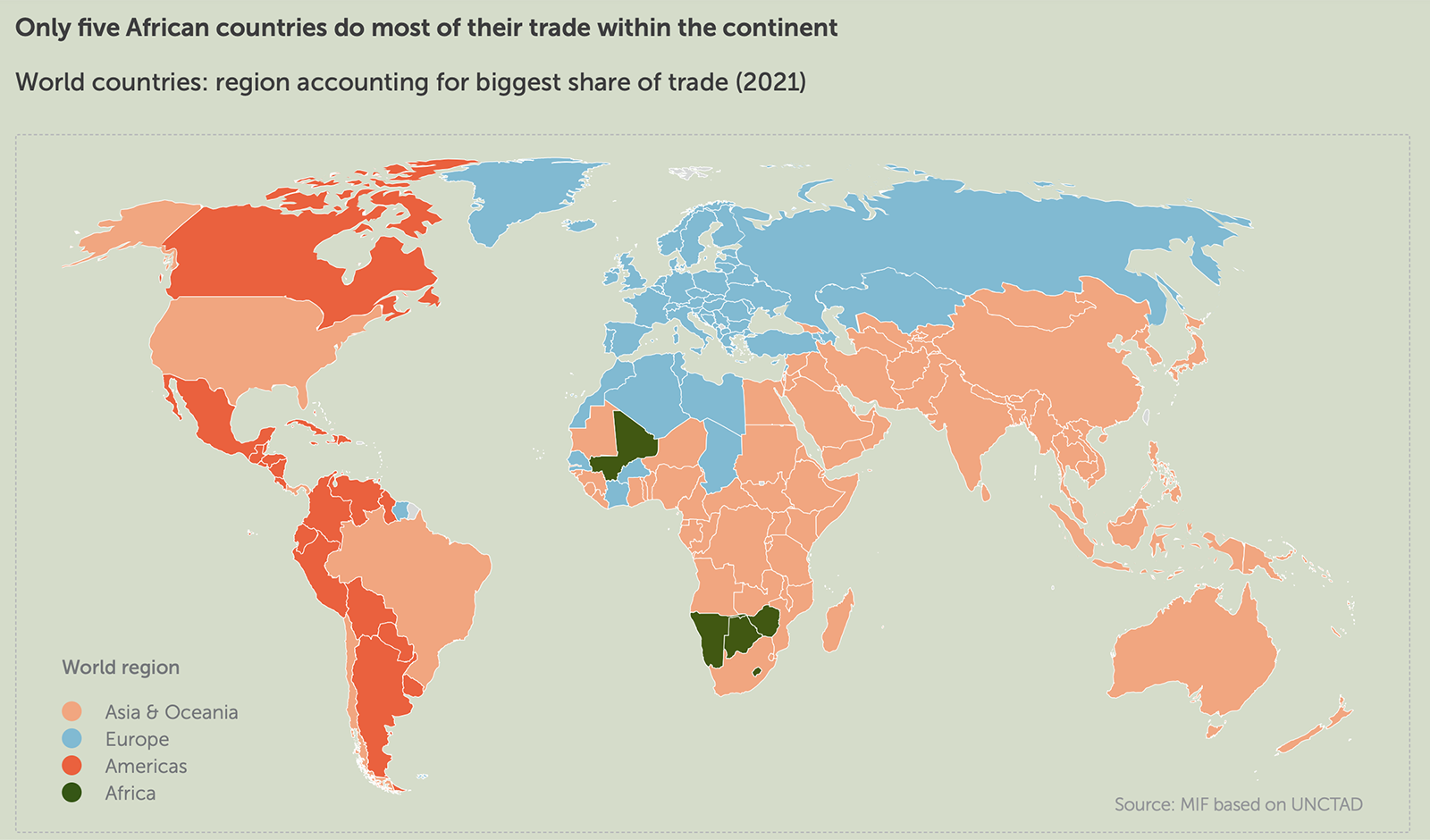Coronavirus Economic Indicators on China Worse Than the Great Recession
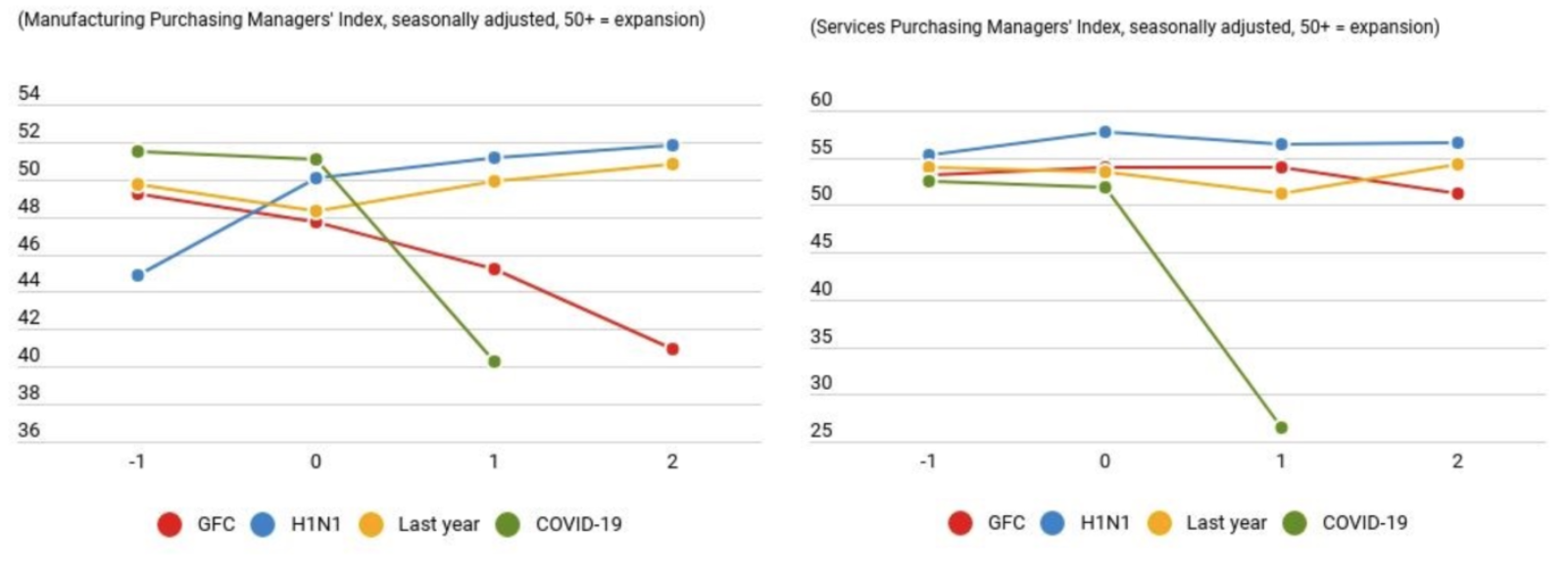
Source: IMF, 2020 Note: The x-axis shows the months elapsed since the indicated event, t=0 the initial impact month. GFC refers to the Global Financial Crisis of 2007-08.
Initial economic indicators on China following the outbreak of the coronavirus reveal a greater fallout than past comparable disruptions, such as the Great Recession and the H1N1 virus.
Manufacturing in China took a sharp dive in the first month following initial impact, much more severe than manufacturing setbacks experienced in the second month of the Great Recession. The dive is owed to global manufacturers suspending part or all of their operations in China in an attempt to contain the virus. Services similarly contracted, noting the impact of social distancing and discouraged public interactions.
The IMF figures come as China prepares to rebound from the coronavirus, with authorities continuing to report a drop in new infections. Should China successfully contain the virus, even as it spreads to other countries, it will offer some reprieve to manufacturers. The tech industry has indicated it could resume manufacturing operations in the world’s second-largest economy by the end of March.


